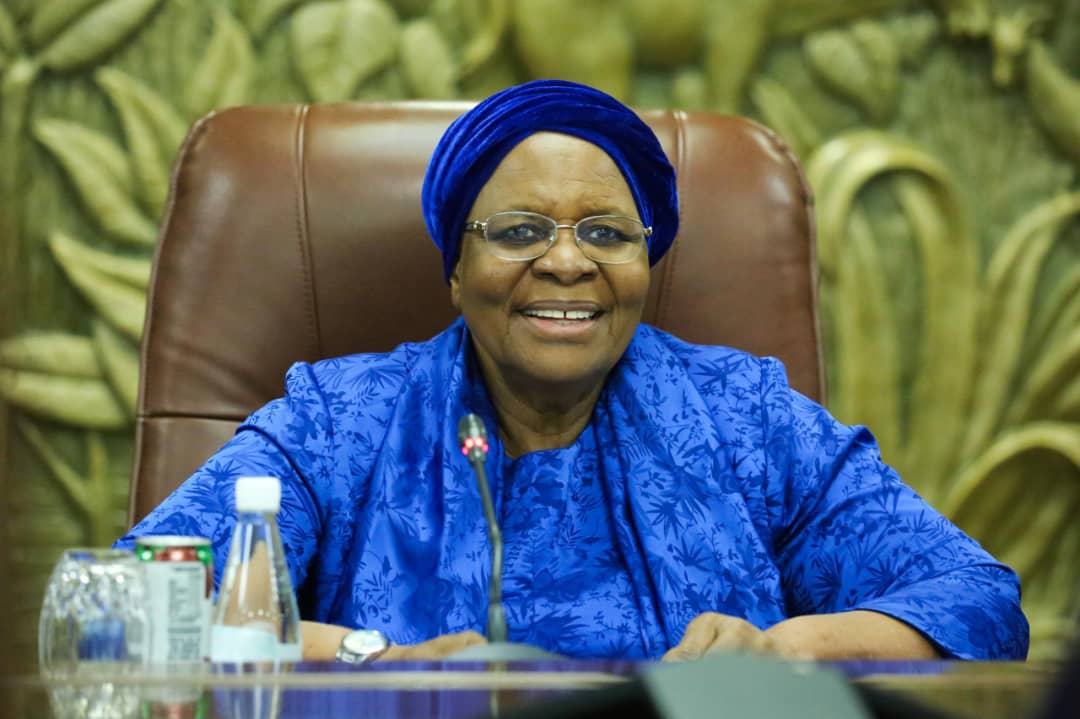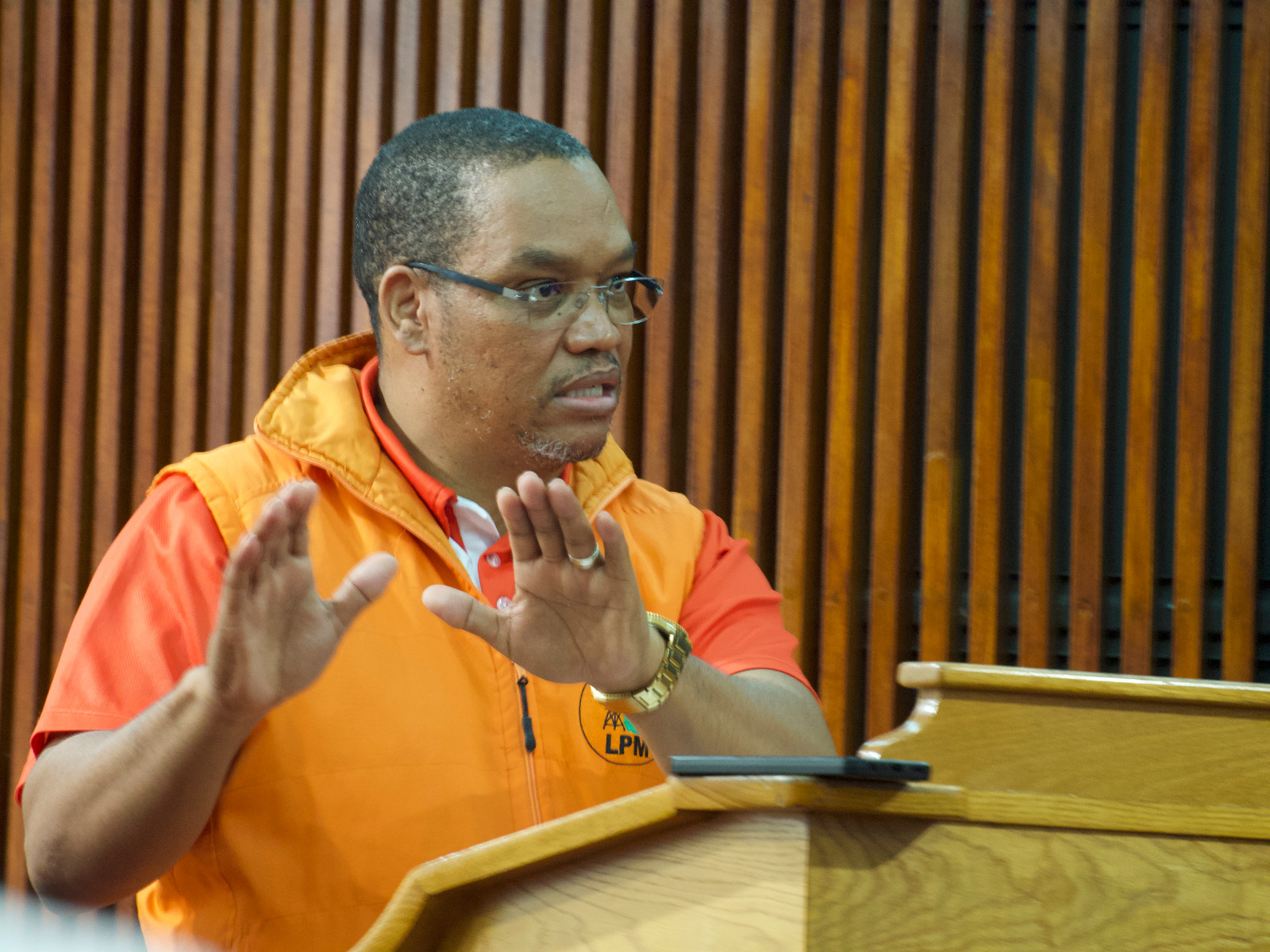HENNING MELBERNOT FOR THE first time, the DHPS has made headlines for the wrong reasons. Forms of subtle, if not open, discrimination are unfortunately a regular occurrence.
It points to continued racism in Namibian society as an embedded feature of social realities.
In a statement on 8 November, the school acknowledges “the fact that discrimination is not a thing of history and remains one of Namibian society’s greatest challenges, and by extension also at our school among our learners – sometimes unintentional or even borne out of a lack of education or understanding”.
It concludes: “We are not proud that discrimination still happens at school and in our society. It saddens us that there is still a long way to go before we can claim a truly inclusive environment for all our students, staff and parents.”
Somewhat defensive, the statement avoids mentioning the true challenges. And while the word “empathy” is used once in reference to those whose dignity is violated, the business-like tone lacks compassion.
There is indeed an uphill battle to fight: The school is not an island operating in isolation; it reproduces significant features inherent in parts of the German-speaking minority.
In June, a group of students and teachers (including the headmaster) took part in a public act outside the school premises – taking a knee in solidarity with #BlackLivesMatter. It drew scathing attacks from members of the German-speaking community, and they were ridiculed in the Allgemeine Zeitung newspaper.
This testifies to the toxic environment that prevails in segments of this population group, once known as ‘South Westers’.
Their mindset points to white supremacy. The superiority complex is perpetuated more than a generation into independence. It is passed on to the offspring at home. This turns national reconciliation into a mockery.
But the same people cry foul if statements articulate sentiments criticising them. They are adamant that minority rights ought to be protected. Such double standards are revealing – as if racist dispositions deserve to be respected.
In 2016, a young DHPS schoolboy was invited by a white classmate to attend her birthday party only to be denied participation by her mother. Members of the German-speaking community played it down. They claimed she was entitled to be guided by personal choice and that it had nothing to do with pigmentation. In the end, those who raised the matter were the ones accused of being ‘troublemakers’.
The same denialism of a structurally embedded racist attitude was displayed when final-year students in 2015 attended a masked ball at a local carnival at Swakopmund wearing blackface and Ku Klux Klan outfits.
They were even initially praised for their “original” costumes in the Allgemeine Zeitung.
The subsequent argument in their defence was that they did not want to hurt the feelings of others and did not know better. Maybe that is true, but their parents should have known better. This points back to the educators in the family, the social environment and that at schools. It shows they all have failed.
Let’s be aware: We are dealing with the tip of an iceberg. At best, responses will, as before, possibly accept individual failures, but not systemic ones. But integration does not mean the DHPS should educate students according to white and German criteria as some kind of way of ‘uplifting’ them.
Real integration means that members of all cultural and language groups strive to be Namibian, based on a universal value system. They need to be socialised through shared values and mutual respect for any individual differences – without hierarchy, guided by respect for otherness. If this is the message transmitted and taught, the DHPS could finally turn into a truly Namibian institution.
* Henning Melber was a student at the DHPS from 1967 to 1970, joined Swapo in 1974 and was the chairperson of the Namibian-German Foundation for Cultural Cooperation (NADS) between 1993 and 2000.
Stay informed with The Namibian – your source for credible journalism. Get in-depth reporting and opinions for
only N$85 a month. Invest in journalism, invest in democracy –
Subscribe Now!










